Lean Product Strategy for NGOs
In this post we will share some of our insights working for NGOs.
The NGO Dilemma: Serving two Very Different Customer Segments

The business model of nonprofit organizations has often two sides: the donors, who fund initiatives and the beneficiaries for who the NGO intends to create value. On the one side they need to target donors to get funding so that they can help people with their charitable work on the other side.
A common dilemma of nonprofit organizations is that donors expect detailed plans for funding initiatives while creating value for beneficiaries requires research. It’s far from trivial to know who the beneficiaries really are and what exactly their problem is. Without an iterative approach to defining what value is and how to deliver it to beneficiaries chances are high that little impact is made.
Customer Discovery Challenge of Kiron.ngo
Product people at Kiron.ngo have asked us for a product strategy workshop to help them align their efforts within one project towards real outcome. Kiron enables access to higher education and successful learning for refugees through digital solutions. To address the complexity of learning in the world of refugees they use cross-functional innovation clusters of experts to collaborate using a lean startup approach. The usage data for one learning service deployed in refugee camps in West Africa showed good interest in sign ups but little retention. So they’ve asked us to help them with discovery of the customer problem to understand how to adjust their value proposition to increase usage of their service.
The main challenges for the product team at kiron.ngo are: Learning solutions are highly complex products, the world context of the customers differs radically from the world context of the product team, customers are hard to reach since they live in refugee camps far away and do often lack access to the internet or even analog tools, the stakeholders request to address a globally spread and broad customer segment.
The Workshop - Prepwork
In order to develop a sustainable strategy for the future product development of kiron, we decided to concentrate on the customer discovery for a one-day workshop. In preparation, the innovation cluster conducted user interviews in a camp in West Africa, which focused exclusively on the reason of why they used kiron and what challenges they faced in dealing with it. Why is this important? GOOB (Get Out Of The Building) and talk to your customers is key to build a product they love!
Team-Culture
Many NGOs are facing the same problem: Employees often do not stay in the company for long, so teams experience frequent disruptions and consequently a lack of trust and common understanding. A tool we find great to facilitate a workshop and foster teamwork is a Culture Map. It helps to create common rules of collaboration and to find out enablers and blockers of a team towards the development of a human centered product. We discovered the following condition as most important for NGOs: Keep it small. Teams of 4-5 reduce the risk of endless discussions and bla bla culture. It speeds up the decision-making considerably. In addition, we time box the individual process steps to focus on the work and get it done quickly. Last but not least we encouraged people to work visually, using sticky notes and other visual tools like the Customer segment profile and Value Proposition Canvas. Both support clarity and team alignment.In our next post we will introduce the #PoDojo Flow we’ve used to help the product team at Kiron.ngo to make progress towards creating outcome.
References
Open Higher Education for Refugees -> Kiron.ngo
Lean Impact: How to Innovate for Radically Greater Social Good, Ann Mei Chang -> https://www.annmei.com
15 Minutes Culture Mapping -> https://www.podojo.com/15-minutes-culture-mapping/
How to: Link User Stories to the Value Proposition Canvas -> https://www.podojo.com/how-to-link-user-stories-to-the-value-proposition-canvas/
Three modes of working to design a Value Proposition -> https://www.podojo.com/three-modes-of-working-with-value-proposition-design/

